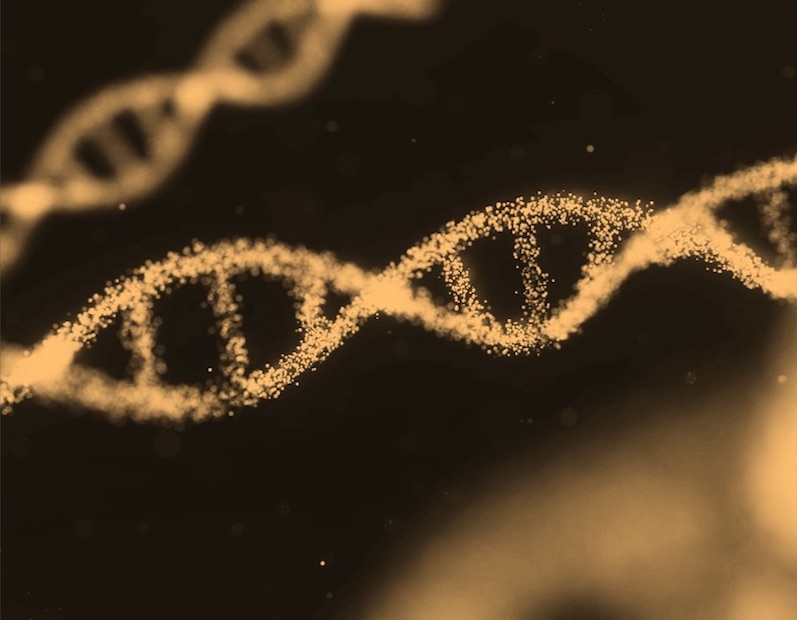What is it about?
Symptomatic myeloma is often preceded by 2 phases: monoclonal gammopathy of uncertain significance (MGUS) and smoldering myeloma. These two forms were generally treated once they demonstrated one of the typical symptoms of Myeloma Anemia, renal failure, hypercalcemia, and areas of osteolysis. The time interval between the asymptomatic and symptomatic phase is variable, but in addition to banal laboratory data, such as the quantity of monoclonal protein and the ratio between the two light chains, it can be predicted from some chromosomal alterations and mutations, which may be present both in MGUS and smoldering myeloma.
Featured Image
Why is it important?
MGUS and SMM are heterogeneous conditions with the presence of tumors with distinct pathogenic phenotypes and clinical outcomes. The identification of MGUS and SMM patients with a molecularly defined high risk of progression to MM offers the unique opportunity of early intervention with a therapeutic approach on a low tumor burden.
Perspectives

The identification of SMM patients with a molecularly defined high risk of progression to MM offers the unique opportunity of early intervention with a therapeutic approach on a low tumor burden using drugs such as bispecific antibodies with a good safety profile.
Prof. Giuseppe Leone
Universita Cattolica del Sacro Cuore
Read the Original
This page is a summary of: IS IT POSSIBLE TO PREDICT TUMOR PROGRESSION THROUGH GENOMIC CHARACTERIZATION OF MONOCLONAL GAMMOPATHY AND SMOLDERING MULTIPLE MYELOMA?, Mediterranean Journal of Hematology and Infectious Diseases, April 2024, Institute of Hematology, Catholic University,
DOI: 10.4084/mjhid.2024.044.
You can read the full text:
Contributors
The following have contributed to this page








